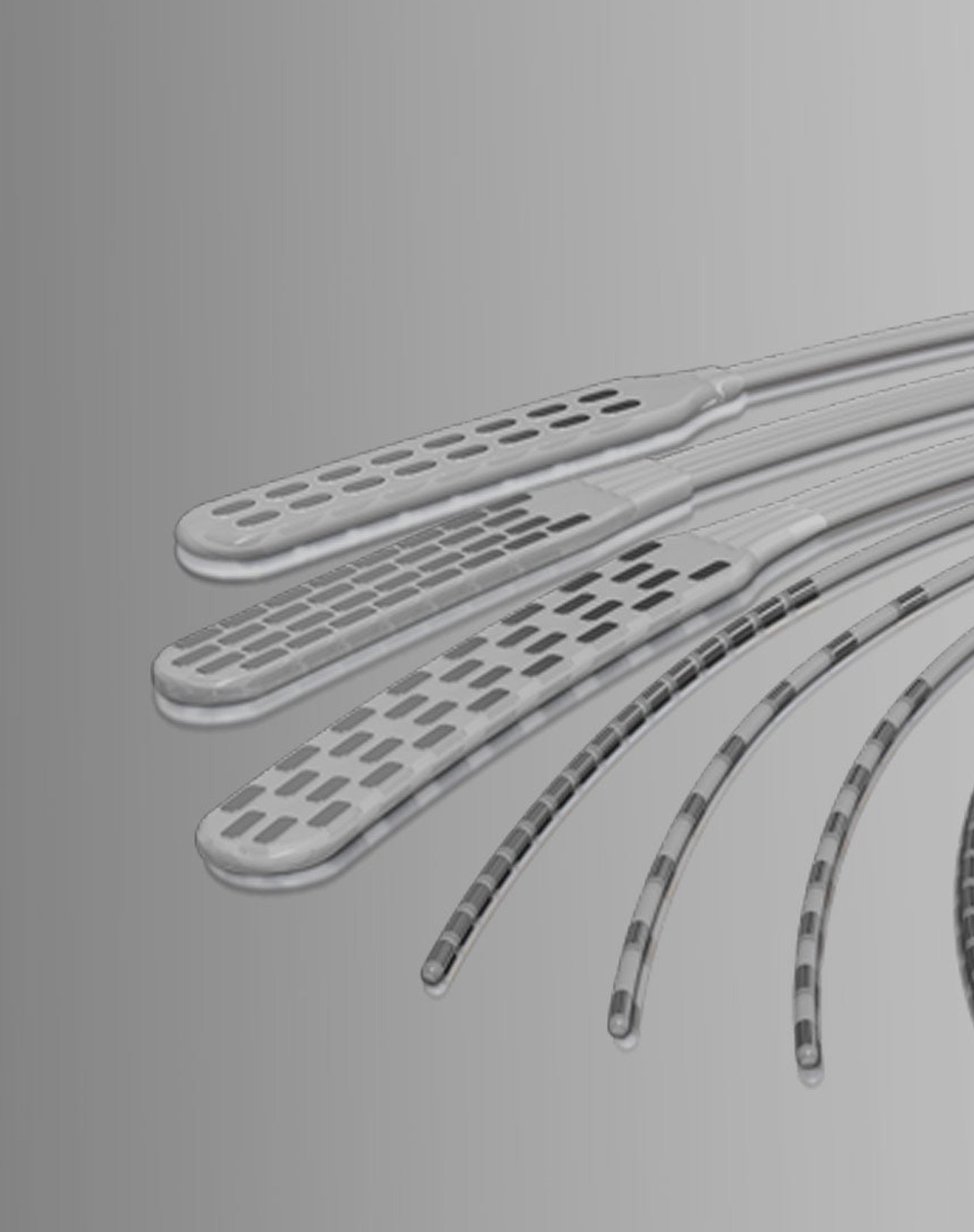How Is SCS Different From Other Forms of Neuromodulation?
UnderstandingSPINAL CORD STIMULATION
How it Works
Small wires are placed inside the spine along the spinal cord to selectively change the way chronic nerve pain fibers are firing. This allows people improved mobility and quality of life. The wires are attached to a battery which can be programmed to each patient's individual needs.
Who does it work for?
Who does it work for: SCS stimulation is ideal for patients with large areas of chronic neuropathic pain. This includes:
1. Low back pain +/- radiation down the legs
2. Neck pain +/- radiation down the arms
3. People who have had surgery for back/neck pain but continue to have pain
4. Painful diabetic neuropathy
5. Cancer Pain in the spine and extremities
6. Complex Regional Pain Syndrome I and II
The Evidence
1. North et al. 2005 demonstrated that in patients who had spine surgery, those who had SCS did better than those who had repeated spine surgery
2. Kumal et al. 2008 demonstrated that in patients who had spine surgery, those with SCS did better than those who continued with conventional pain medicine management (mediations, injections, therapy)
3. Al Kaisy et al. 2014 and Kapural et al 2015 demonstrated patients who received SCS had significantly improved pain control for years following their implantation without the need for surgery.
Schedule an appointment with our Neuromodulation Expert to speak more about the evidence supporting the use of Spinal Cord Stimulation for chronic pain.
REAL WORLD PATIENT SUCCESS STORIES

Spinal Cord Stimulation (SCS)
Patient Spotlight
What Does The Trial Consist Of?
Is The Trial Painful?
What Am I Looking For During The Trial?
Is SCS Covered By Insurance?
How Long Does The Device Last?
Tell us your story.
HAS THE NEUROMODULATION INSTITUTE
CHANGED YOUR LIFE? LET US KNOW!
We want to tell your story. If you are interested in recording a video or submitting your story to be featured on our site, please email info@stimcenter.com with the subject line "Submit your story" for more information. If interested, we can arrange for a professional video to capture your journey and you will be compensated for your time.



